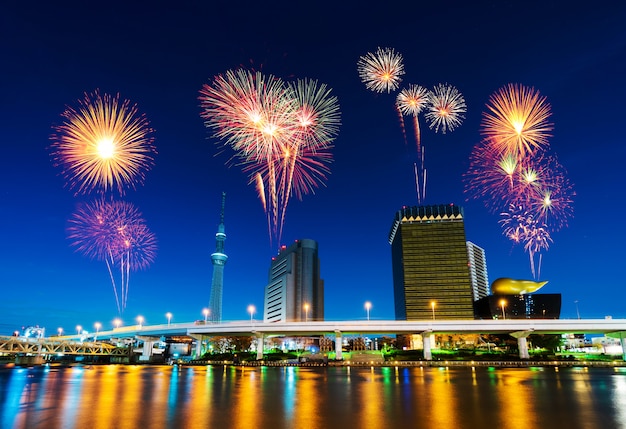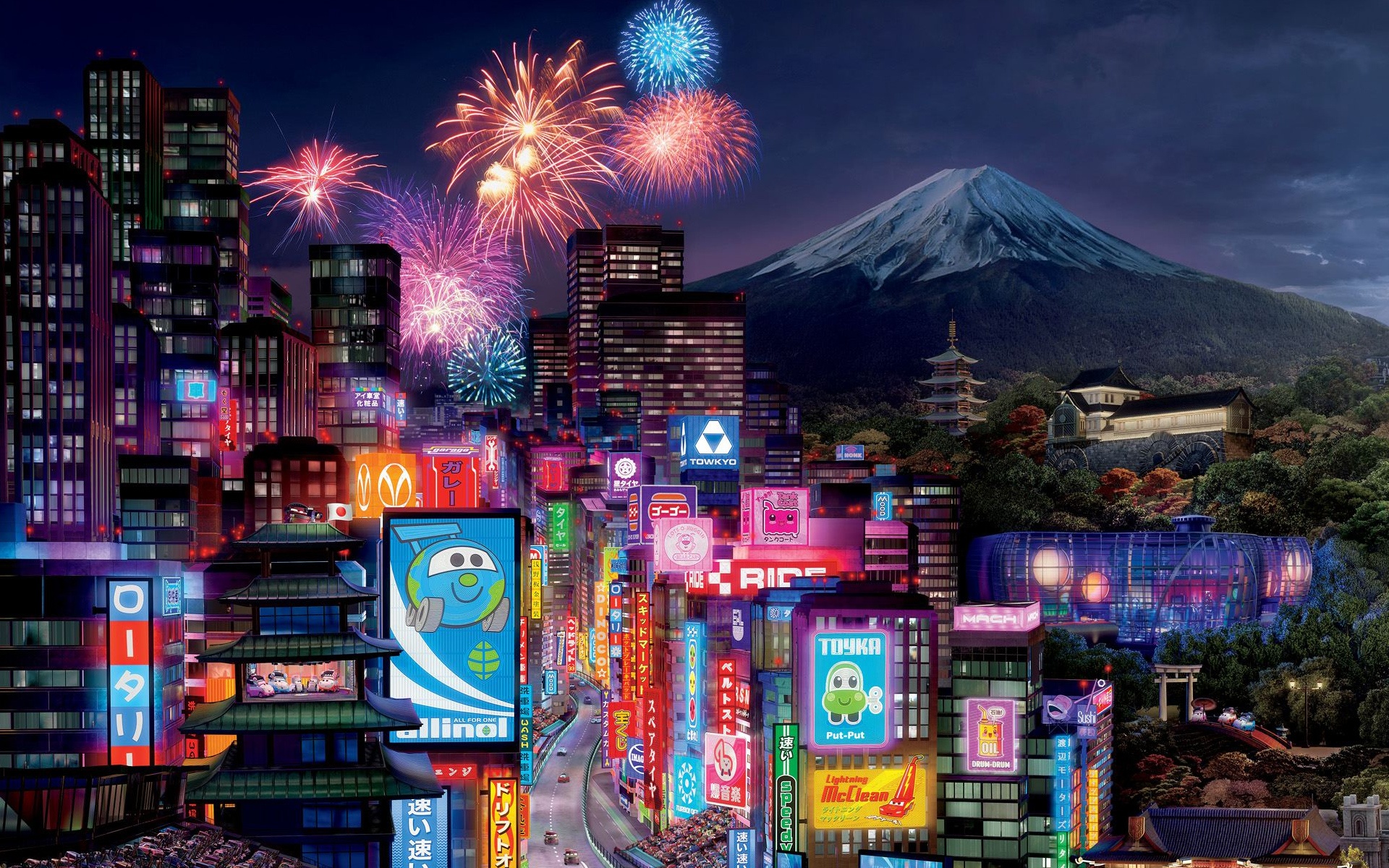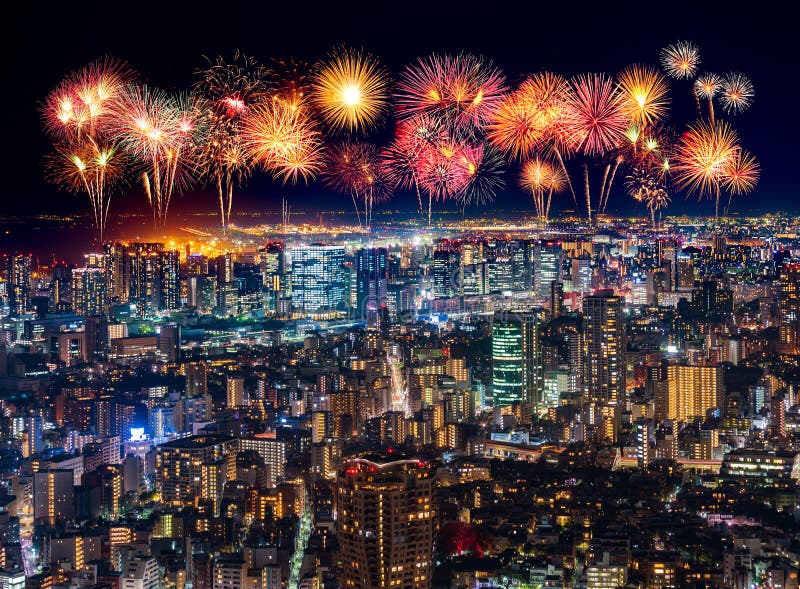
Tens of thousands of people, many dressed in yukata, stroll the streets of Asakusa, especially around Sensoji Temple, whose streets are lined with food vendors and game stalls. Otherwise the fireworks are difficult to see except in flashes and glimpses between the tall buildings of the district or when walking across bridges over the river (it is not allowed to stop and view the show from bridges, though).Īlmost more appealing, however, is the great summer festival atmosphere that accompanies the fireworks. The colorful explosions are best seen from the parks along the river. Tokyo's Sumida River Fireworks, which are recognized as one of the oldest and most famous firework displays in Japan, are launched from barges anchored along the Sumida River between Ryogoku and Asakusa. Last Saturday of July from 19:00 to 20:30 (July 29, 2023)Īlong the Sumida River around Asakusa Station

While these packages can be a one-in-all solution to the transportation, accommodation and seating issues, they also tend to be difficult to purchase from outside of Japan and without Japanese language skills.īelow is a list of some of the most famous firework shows in Japan: They offer various tour packages for popular firework events that include transportation, accommodation and reserved seating, thereby blocking a large amount of local hotel rooms from individual travelers. Travel agents are both a reason of and a potential solution to some of the above mentioned issues. Note also that additional trains are often employed before and after major firework shows, but that they tend to be very crowded. Because of traffic congestion, it is often faster and more comfortable to walk from the venue back to the nearest station instead of using shuttle buses. The lack of hotel rooms can pose a particularly serious challenge if there are no more late-night train or bus connections back into a larger city after the end of the show.įurthermore, crowded buses and trains can pose an inconvenience especially after the end of the show. While large cities like Tokyo and Osaka tend to have enough hotel rooms to accommodate festival crowds, smaller cities usually get booked out months ahead of popular fireworks together with nearby cities. Many shows offer paid seating, but tickets are usually not available on the day and are often difficult to get from outside of Japan or without Japanese language skills.Īccommodation and transportation can also pose critical concerns in case of some of the most popular displays. The competition for good viewing spots can be quite strong, and people often show up and reserve the best spots hours in advance, especially in cities where tall buildings limit the number of spots with unobstructed views of the fireworks.



Popular firework shows tend to be very crowded which leads to a few concerns for visitors: They often end with a grand finale consisting of hundreds of shells launched simultaneously. Many of the longer shows are broken up into multiple shorter segments, interrupted by the announcement of titles and sponsors. The firework shows themselves typically start some time after sunset and last one to two hours. Festival atmosphere during the Sumida River Fireworks in TokyoĪ secondary attraction of Japanese fireworks is the relaxed festival atmosphere that comes with them, people dressed in yukata and streets lined by food and game stalls.


 0 kommentar(er)
0 kommentar(er)
